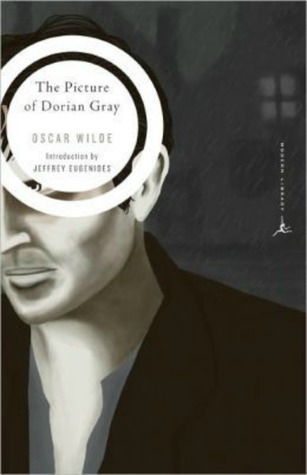The Picture of Dorian Gray Book Summary
TL;DR
Oscar Wilde’s The Picture of Dorian Gray tells the haunting tale of a young man who trades his soul for eternal youth, leading to a dual existence marked by beauty and moral decay, as his portrait reveals the true consequences of his hedonistic lifestyle.
What is The Picture of Dorian Gray about
The Picture of Dorian Gray, Oscar Wilde's only novel, explores themes of beauty, morality, and the consequences of indulgence in a society obsessed with aesthetics. Set in late-19th-century England, the narrative follows Dorian Gray, a young man whose portrait ages and reveals the degradation of his soul as he pursues a life of pleasure and vice, influenced by his hedonistic friend Lord Henry Wotton. The book challenges the boundaries of art and morality, offering a deeply ironic commentary on the superficiality of society and the price of eternal youth. Wilde's work, blending Gothic horror and decadent literature, remains a significant critique of the dichotomy between outward appearances and inner corruption.
The Picture of Dorian Gray 6 Key Takeaways
Dorian's Transformation
The story begins with Dorian Gray sitting for a portrait by Basil Hallward. Influenced by Lord Henry Wotton's philosophies on beauty and hedonism, Dorian wishes to remain forever young, leading to a pact that grants him eternal youth at the cost of his soul.
The Portrait's Corruption
As Dorian indulges in a life of excess, his portrait starts to bear the marks of his moral decay. This becomes a source of torment as he must hide the painting, a constant reminder of his lost innocence and the grotesque nature of his actions.
The Murder of Basil
Dorian grapples with the consequences of his hedonism and ultimately murders Basil Hallward, who confronts him about the corruption reflected in the portrait, symbolizing the culmination of Dorian's descent into depravity.
The Descent into Darkness
As Dorian becomes increasingly consumed by guilt and paranoia, he engages in increasingly reckless behaviors, losing touch with reality and isolating himself from those who care for him.
The Final Confrontation
In a desperate attempt to rid himself of his guilt, Dorian attempts to destroy the portrait. However, he inadvertently seals his own fate and faces the consequences of his choices.
Dorian's Death
In the end, Dorian's attempt to reclaim his lost youth results in his death. The portrait reverts to its original, beautiful form, while his lifeless body reflects the true horror of his choices.
Top The Picture of Dorian Gray Quotes
- "The only way to get rid of a temptation is to yield to it."
- "Experience is simply the name we give our mistakes."
- "To define is to limit."
Who should read The Picture of Dorian Gray?
The Picture of Dorian Gray is ideal for readers interested in classic literature, philosophy, and the exploration of moral dilemmas. It will resonate with those who appreciate rich prose and are intrigued by the interplay between beauty and ethics, offering insights into the consequences of a hedonistic lifestyle.
The Picture of Dorian Gray Best Reviews
- "A remarkable exploration of the duality of human nature, Wilde's novel remains a classic that profoundly impacts readers with its daring themes and psychological depth." - The New York Times
- "An audacious tale that intertwines beauty and moral corruption, Dorian Gray is as relevant today as it was over a century ago, challenging the reader to reflect on the true cost of vanity." - The Guardian
People also liked these summaries
The Picture of Dorian Gray FAQs
What themes are explored in The Picture of Dorian Gray?
The novel explores themes of beauty, morality, the nature of influence, and the consequences of a life devoted to hedonism. It raises questions about the relationship between art and ethics.
Is The Picture of Dorian Gray still relevant today?
Yes, the themes of vanity, the pursuit of beauty, and moral corruption resonate with contemporary discussions on social media and the pressures of modern aesthetics.
What makes Dorian Gray a controversial character?
Dorian Gray is controversial due to his moral ambiguity and the extreme lengths he goes to preserve his beauty, raising ethical questions about the nature of desire and consequence.
